ICT Usage for Cross-Curricular Connections in Music and Visual Arts during Emergency Remote Teaching in Slovenia
Abstract
:1. Introduction
2. Related Work
2.1. ICT in Music and Visual Arts Education in Slovenia
2.2. ICT and Emergency Remote Teaching in Slovenia
2.3. ICT and Cross-Curricular Connections of Content in Music and Visual Arts
2.4. Purpose of the Study
3. Materials and Methods
3.1. Participants
3.2. Instrument and Procedure
4. Results
4.1. Using ICT in Planning the Remote Teaching–Learning Process
4.2. Strategies for Using ICT in the Implementation of Cross-Curricular Connections in Teaching Music and Visual Arts
4.3. Strategies for Planning and Using ICT for Pupils to Use in Completing Their Cross-Curricular Assignments
5. Discussion
5.1. Which ICT Do Teachers Use, and How Do They Use Them in Planning and Implementing Cross-Curricular Connections of Music and Visual Arts Content during Remote Teaching?
5.2. Which ICT Do Teachers Plan for Pupils to Use in Completing Their Cross-Curricular Assignments during Remote Teaching?
5.3. Limitations and Future Work
6. Conclusions
Author Contributions
Funding
Institutional Review Board Statement
Informed Consent Statement
Data Availability Statement
Acknowledgments
Conflicts of Interest
References
- Birsa, E. Transfer likovnega znanja in izkušenj v novo učenje. In Sučasni Perspektyvy Osvity; Omelčenko, S., Ed.; Institute for Foreign Languages: Horlivka, Ukraine, 2016; pp. 283–294, 432–433. [Google Scholar]
- Istenič Starčič, A. Izobraževalna Tehnologija in Izgradnja Avtentičnega Učnega Okolja; Fakulteta za Gradbeništvo in Geodezijo v Ljubljani: Ljubljana, Slovenia, 2020; Available online: https://repozitorij.uni-lj.si/IzpisGradiva.php?lang=slv&id=116682 (accessed on 15 November 2021).
- Krek, J.; Metljak, M. Bela Knjiga o Vzgoji in Izobraževanju v Republiki Sloveniji 2011; Zavod Republike Slovenije za Šolstvo: Ljubljana, Slovenia, 2011. [Google Scholar]
- Rutar Ilc, Z.; Pavlič Škerjanc, K. Medpredmetne in Kurikularne Povezave: Priročnik za Učitelje; Zavod Republike Slovenije za Šolstvo: Ljubljana, Slovenia, 2010. [Google Scholar]
- Kocjančič, F.N. Smernice za Uporabo IKT pri Predmetu Likovna Umetnost—Delovna Verzija; Zavod Republike Slovenije za Šolstvo: Ljubljana, Slovenia, 2016; Available online: https://www.zrss.si/digitalnaknjiznica/smernice-ikt-lum/files/assets/common/downloads/publication.pdf (accessed on 12 December 2021).
- Toselli, L. La Didattica a Distanza—Funziona, se sai Come Farla; Edizioni Sonda Srl.: Milan, Italy, 2020. [Google Scholar]
- Hrastinski, S. Asynchronous and synchronous e-learning. Educ. Q. 2008, 31, 51–55. [Google Scholar]
- Zmazek, B.; Pesek, I.; Lipovec, A. Edupedia.si oziroma razlagamo.si. UMniverzum Interna Rev. Univ. Mariboru 2020, 12, 12. [Google Scholar]
- Holcar, A.; Borota, B.; Breznik, I.; Jošt, J.; Kerin, M.; Kovačič, A.; Lango, J.; Novak, T.M.; Kafol, B.S. Program Osnovna Šola—Glasbena Vzgoja—Učni Načrt; Zavod RS za Šolstvo in Ministrstvo za Šolstvo in Šport: Ljubljana, Slovenia, 2011. Available online: https://www.gov.si/assets/ministrstva/MIZS/Dokumenti/Osnovna-sola/Ucni-nacrti/obvezni/UN_glasbena_vzgoja.pdf (accessed on 15 January 2022).
- Kocjančič, F.N.; Karim, S.; Kosec, M.; Opačak, Ž.; Prevodnik, M.; Rojc, J.; Velikonja, A.; Zupančič, T.; Kepec, M.; Prevodnik, M. Program Osnovna Šola—Likovna Vzgoja—Učni Načrt; Zavod RS za Šolstvo in Ministrstvo za Šolstvo in Šport: Ljubljana, Slovenia, 2011. Available online: https://www.gov.si/assets/ministrstva/MIZS/Dokumenti/Osnovna-sola/Ucni-nacrti/obvezni/UN_likovna_vzgoja.pdf (accessed on 15 January 2022).
- Hodges, C.; Moore, S.; Lockee, B.; Trust, T.; Bond, A. The Difference Between Emergency Remote Teaching and Online Learning. WY IT Matters to Hihher Education—Educause Review 2020. Available online: https://er.educause.edu/articles/2020/3/the-difference-between-emergency-remote-teaching-and-online-learning (accessed on 19 October 2021).
- Blahušiaková, M.; Mokošová, D.; Šoltés, E. Education in online environment from students’ and teachers’ perspective. Int. J. Cogn. Res. Sci. Eng. Educ. IJCRSEE 2021, 9, 203–226. [Google Scholar] [CrossRef]
- Ministrstvo za Izobraževanje, Znanost in Šport. Priporočila Osnovnim in Srednjim Šolam za Izvajanje Izobraževanja na Daljavo. 2020. Available online: https://www.gov.si/novice/2020-03-13-priporocila-osnovnim-in-srednjim-solam-za-izvajanje-izobrazevanja-na-daljavo/ (accessed on 15 January 2022).
- Digitalna Slovenija 2020, Strategija Razvoja Informacijske Družbe do Leta 2020. Digitalizacija Slovenije z Intenzivno in Inovativno Uporabo IKT in Interneta v Vseh Segmentih Družbe. 2016. Available online: https://www.gov.si/assets/ministrstva/MJU/DID/Strategija-razvoja-informacijske-druzbe-2020.pdf (accessed on 7 February 2022).
- Baloh, B. Kurikularno področje jezik v vrtcih v čezmejnem prostoru v slovenski Istri in na Tržaškem. In Slovenski Javni Govor in Jezikovno-Kulturna (Samo)zavest—Obdobja 38; Tivadar, H., Ed.; Znanstvena Založba Filozofske Fakultete: Ljubljana, Slovenia, 2019; pp. 449–456. Available online: https://centerslo.si/wp-content/uploads/2019/10/Obdobja-38_Baloh.pdf (accessed on 19 October 2021).
- Fogarty, R. How to Integrate the Curricula, 3rd ed.; Corwin A SAGE Company: Thousand Oaks, CA, USA, 2009. [Google Scholar]
- Huat See, B.; Kokotsaki, D. Impact of arts education on children’s learning and wider outcomes. Rev. Educ. 2016, 4, 234–262. [Google Scholar]
- Kim, J.H. Music teachers’ understanding of blended learning in Korean elementary music classes. Music Educ. Res. 2021, 23, 311–320. [Google Scholar] [CrossRef]
- Tacol, T. Creative Lessons of Visual Art Education; Digit Ltd.: Bratislava, Slovakia, 2007. [Google Scholar]
- Barnes, J. Cross-Curricular Learning 3-14; Sage Publications: Los Angeles, CA, USA; London, UK; New Delhi, India; Singapore; Washington, DC, USA, 2015; Available online: https://books.google.si/books?hl=sl&lr=&id=piKJCwAAQBAJ&oi=fnd&pg=PP1&dq=cross-curricular+connection+between+music+and+art&ots=Ve1LHEXmBq&sig=9WZaH6YInyNYcNNgIIvSz5cRE8g&redir_esc=y#v=onepage&q=cross-curricularconnectionbetweenmusicandart&f=false (accessed on 12 August 2021).
- Breznik, I.; Eyer, D. Smernice za Uporabo IKT Glasbena Umetnost v Osnovni Šoli in Glasba v Gimnaziji; Zavod Republike Slovenije za Šolstvo: Ljubljana, Slovenia, 2020; Available online: https://skupnost.sio.si/pluginfile.php/919516/mod_folder/content/0/Posodobljene%20IKT%20smernice%20GUM%20_GLA_16.7.2020.pdf?forcedownload=1 (accessed on 9 September 2021).
- Birsa, E. Teaching strategies and the holistic acquisition of knowledge of the visual arts. CEPS J. Cent. Educ. Policy Stud. J. 2018, 8, 187–206. [Google Scholar] [CrossRef] [Green Version]
- Mažgon, J. Razvoj Akcijskega Raziskovanja na Temeljnih Predpostavkah Kvalitativne Metodologije; Filozofska Fakulteta: Ljubljana, Slovenia, 2008. [Google Scholar]
- Mesec, B. Uvod v Kvalitativno Metodologijo; Visoka Šola za Socialno Delo: Ljubljana, Slovenia, 1998. [Google Scholar]
- Pouk na Daljavo: Nekateri Primorski Osnovnošolci še Vedno Brez Računalnikov, Novice, Radio Koper, 6 November 2020, Slovenija. Available online: https://www.rtvslo.si/radiokoper/novice/pouk-na-daljavo-nekateri-primorski-osnovnosolci-se-vedno-brez-racunalnikov/541415 (accessed on 5 October 2021).
- Veletsianos, G.; Houlden, S. An analysis of flexible learning and flexibility over the last 40 years of Distance Education. Distance Educ. 2019, 40, 454–468. [Google Scholar] [CrossRef]
- Ajtnik, M. Poučevanje glasbe kot ustvarjalna naloga. Vzgoja Izobr. 2001, 32, 7–8. [Google Scholar]
- Duh, M.; Bratina, T.; Krašna, M. Elementary teacher’s competences for multimedia learning materials production = Kompetencije učitelja u osnovnim školama za pripremu materijala za multimedijsko učenje. Informatologia 2013, 46, 333–342. [Google Scholar]
- Birsa, E.; Kopačin, B. Medpredmetno povezovanje glasbenih in likovnih vsebin v zamejskem šolstvu. In Medpredmetno Povezovanje: Pot do Uresničevanja Vzgojno-Izobraževalnih Ciljev = Cross-Curricular Integration: The Path to the Realisation of Educational Goals; Volk, M., Štemberger, T., Sila, A., Kovač, N., Eds.; Založba Univerze na Primorskem: Koper, Slovenia, 2020; pp. 133–146. [Google Scholar]
- Oblak, B. Glasbena Slikanica 1: Učbenik za Prvi Razred Devetletne Osnovne Šole—Priročnik za Učitelje; Državna Založba Slovenije: Ljubljana, Slovenia, 1999. [Google Scholar]
- Kustec, S.; Logar, V.; Krek, M.; Flogje, A.; Truden Dobrin, P.; Ivanuš Grmek, M. Vzgoja in Izobraževanje v Republiki Sloveniji v Razmerah, Povezanih s COVID-19. Modeli in Priporočila; Ministrstvo za Izobraževanje, Znanost in Šport ter Zavod Republike Slovenije za Šolstvo: Ljubljana, Slovenia, 2020. [Google Scholar]
- Eynon, R. Becoming digitally literate: Reinstating an educational lens to digital skills policies for adults. Br. Educ. Res. J. 2021, 47, 146–162. [Google Scholar] [CrossRef]
- Bohak Adam, T.; Metljak, M. Experiences in distance education and practical use of ICT during the COVID-19 epidemic of Slovenian primary school music teachers with different professional experiences. Soc. Sci. Humanit. Open 2022, 5, 100246. [Google Scholar] [CrossRef] [PubMed]
- Birsa, E. Primerjava Učnih Načrtov in Vključenost Priporočil za Medpredmetno Povezovanje Likovnih Vsebin = Comparison of Syllabi and Inclusion of Recommendations for Interdisciplinary Integration of Visual Arts Contents’. Rev. Za Elem. Izobr. J. Elem. Educ. 2017, 10, 163–180. [Google Scholar]
- Svalina, V.; Sukop, I. Listening to music as a teaching area in Croatian primary schools: The teacher’s perspective. Music Educ. Res. 2021, 23, 321–334. [Google Scholar] [CrossRef]
- Duh, M.; Vrlič, T. Likovna Vzgoja v Prvi Triadi Devetletne Osnove Šole—Priročnik za Učitelje Razrednega Pouka; Rokus Klett: Ljubljana, Slovenia, 2003. [Google Scholar]
- Abakumova, I.; Bakaeva, I.; Grishina, A.; Dyakova, E. Active learning technologies in distance education of gifted students. Int. J. Cogn. Res. Sci. Eng. Educ. IJCRSEE 2019, 7, 85–94. [Google Scholar] [CrossRef] [Green Version]
- Manches, A.; Plowman, L. Computing education in children’s early years: A call for debate. Br. J. Educ. Technol. 2017, 48, 191–201. [Google Scholar] [CrossRef]
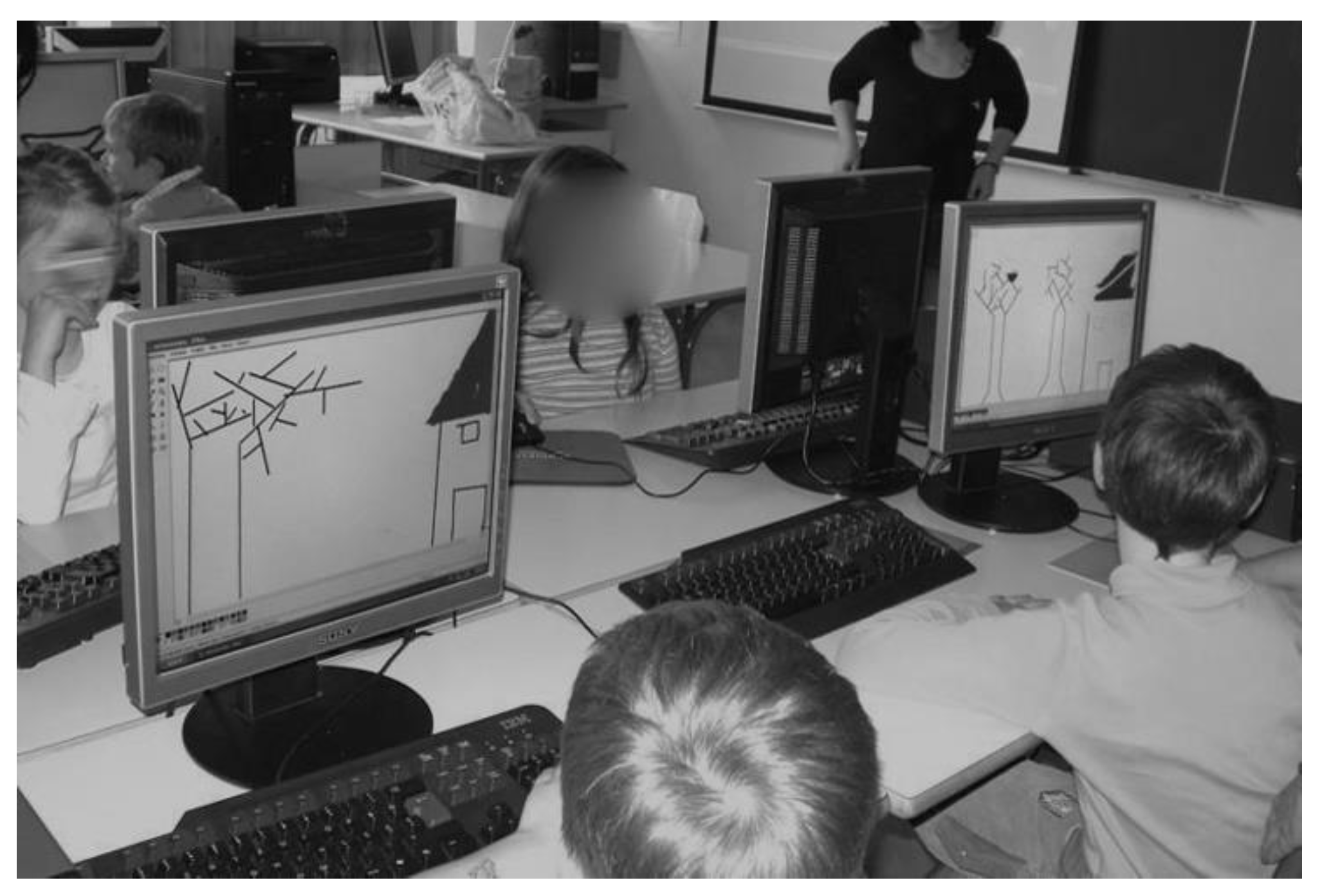

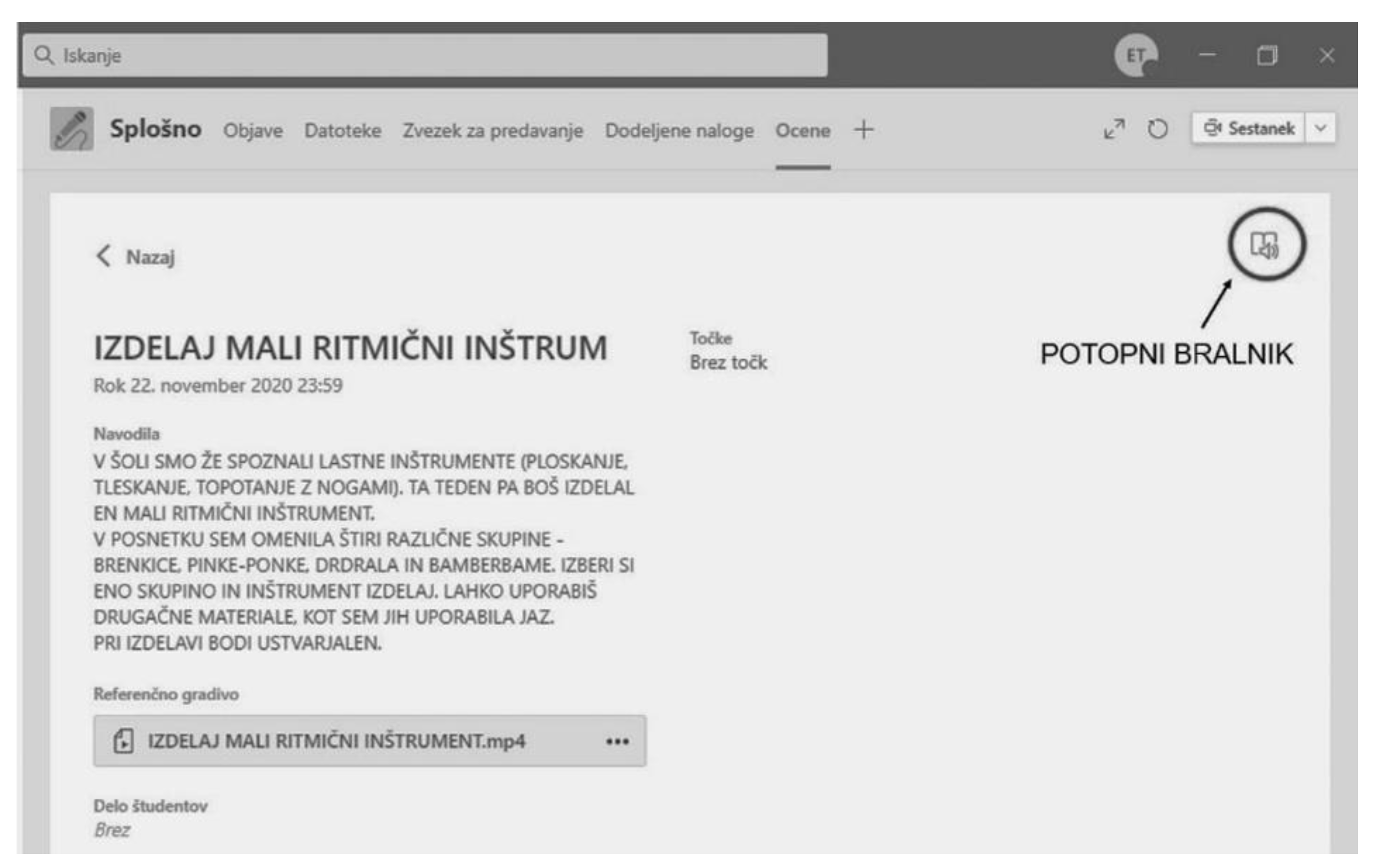

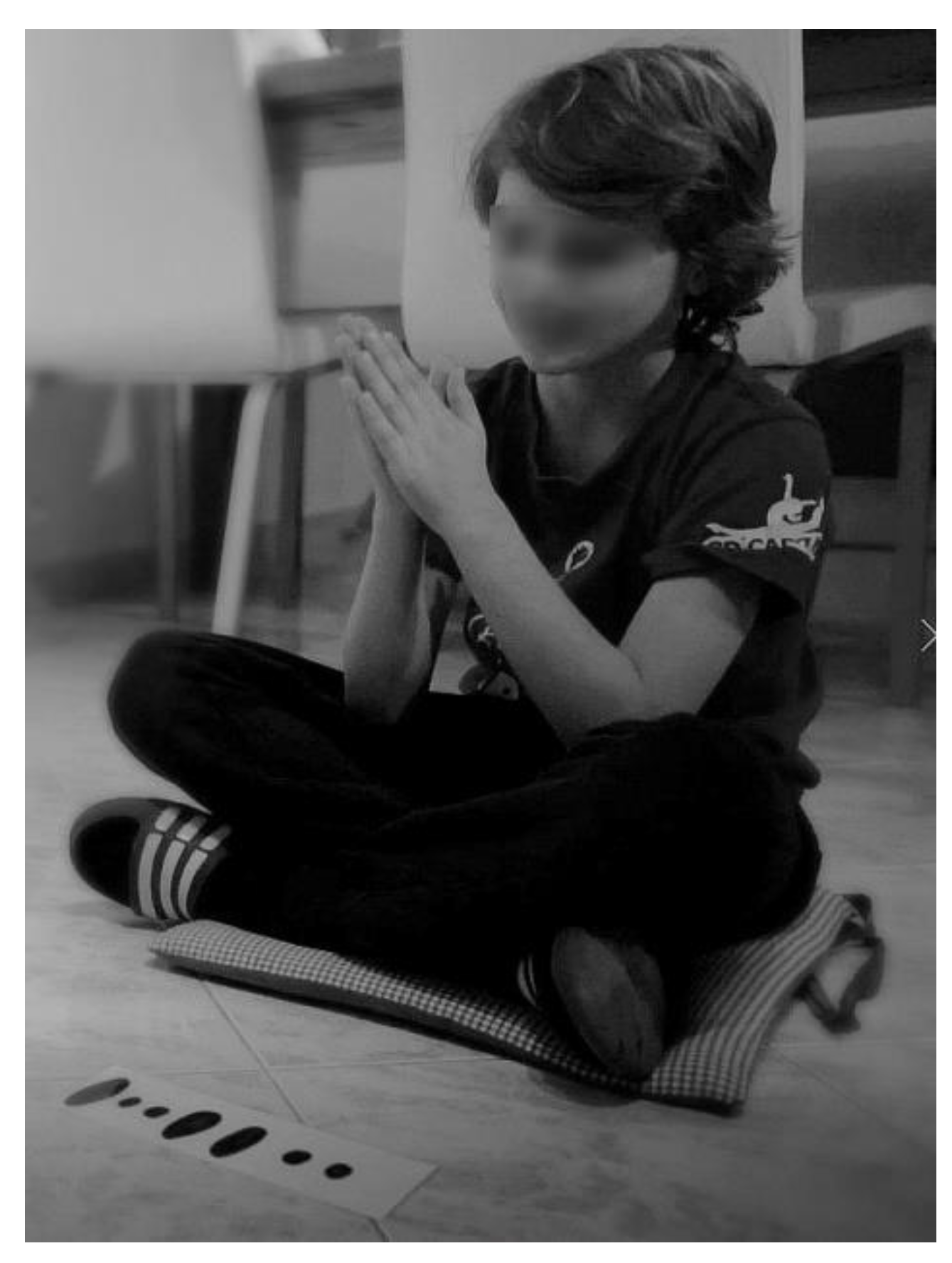
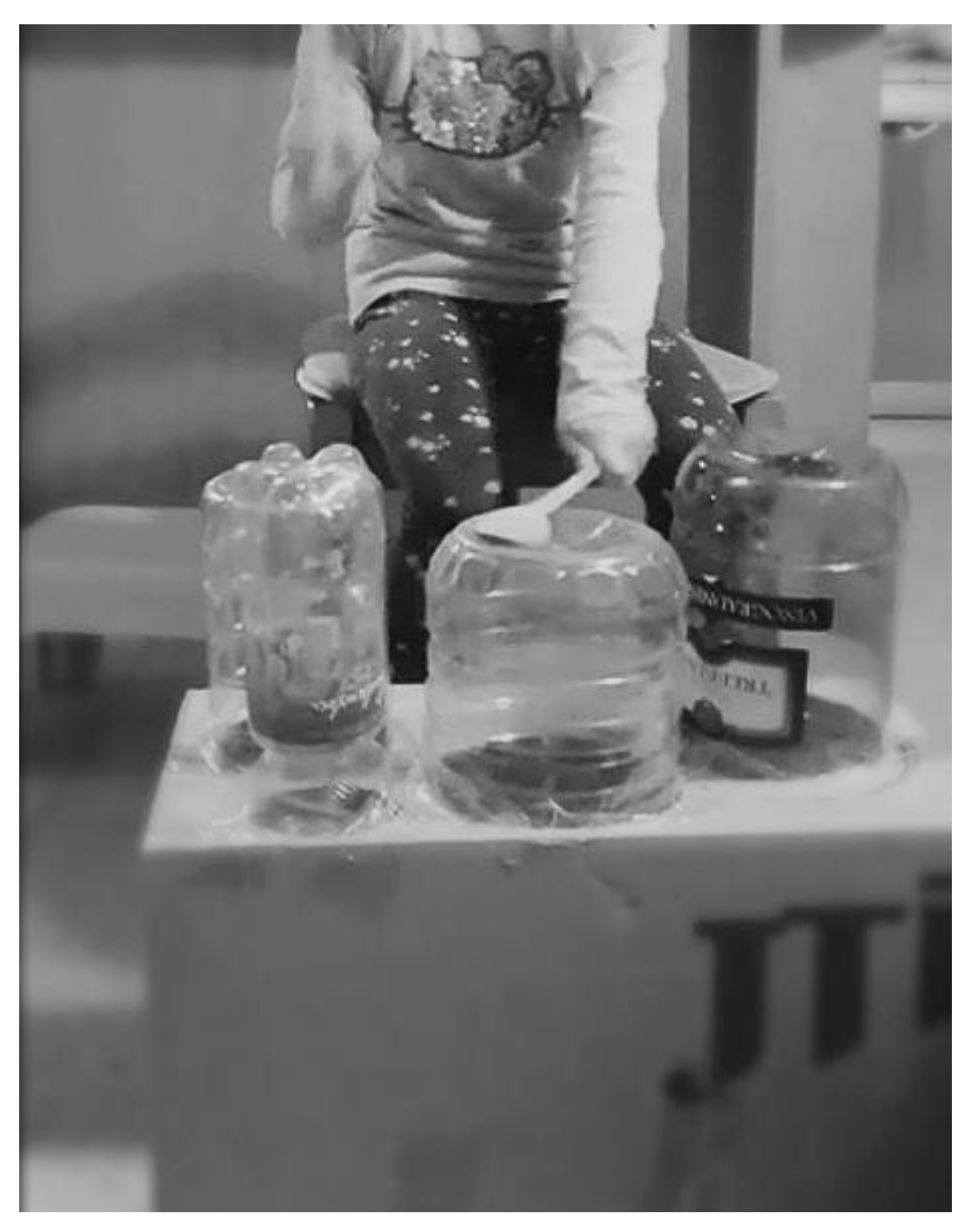

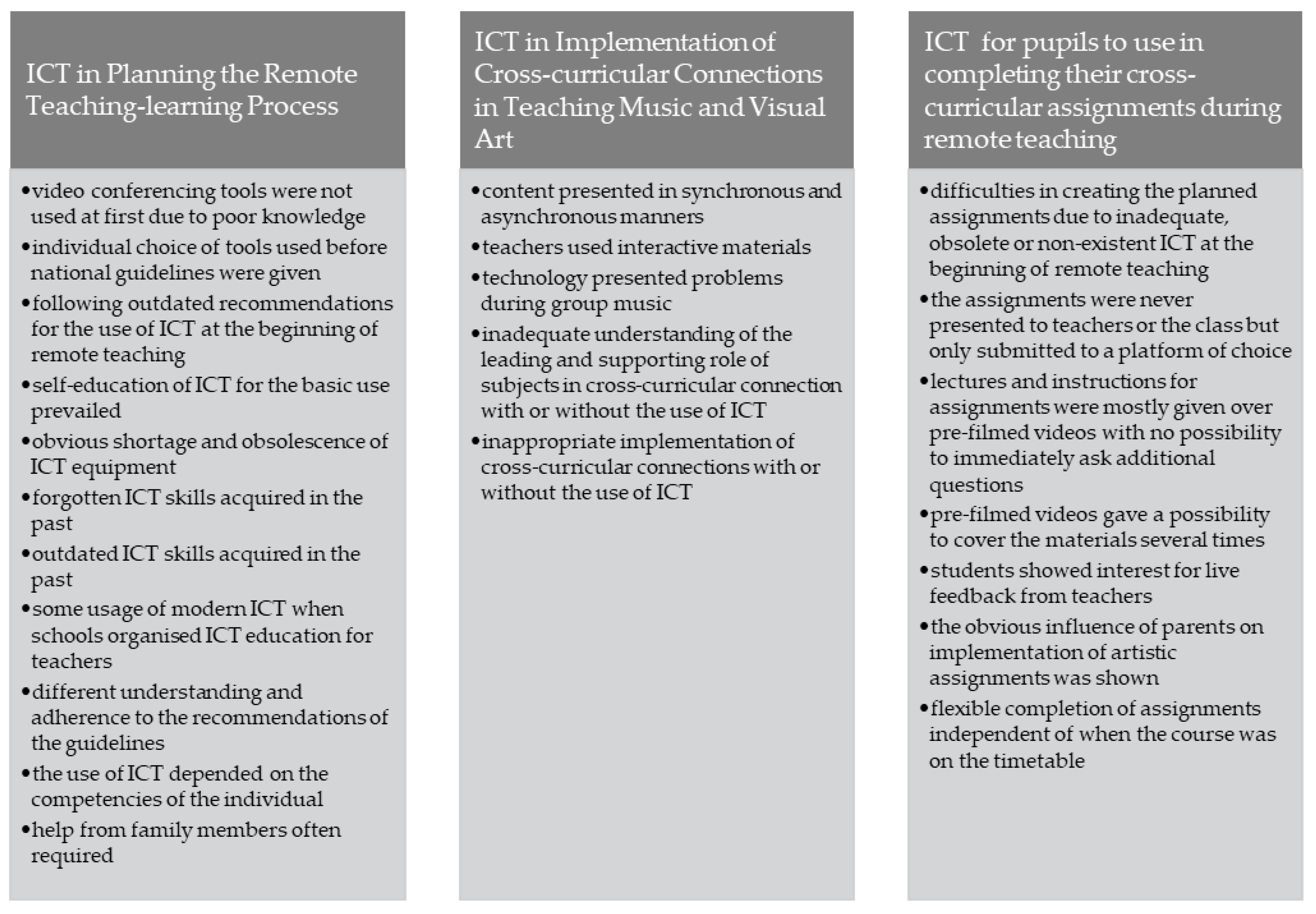
Publisher’s Note: MDPI stays neutral with regard to jurisdictional claims in published maps and institutional affiliations. |
© 2022 by the authors. Licensee MDPI, Basel, Switzerland. This article is an open access article distributed under the terms and conditions of the Creative Commons Attribution (CC BY) license (https://creativecommons.org/licenses/by/4.0/).
Share and Cite
Birsa, E.; Kljun, M.; Kopačin, B. ICT Usage for Cross-Curricular Connections in Music and Visual Arts during Emergency Remote Teaching in Slovenia. Electronics 2022, 11, 2090. https://doi.org/10.3390/electronics11132090
Birsa E, Kljun M, Kopačin B. ICT Usage for Cross-Curricular Connections in Music and Visual Arts during Emergency Remote Teaching in Slovenia. Electronics. 2022; 11(13):2090. https://doi.org/10.3390/electronics11132090
Chicago/Turabian StyleBirsa, Eda, Matjaž Kljun, and Barbara Kopačin. 2022. "ICT Usage for Cross-Curricular Connections in Music and Visual Arts during Emergency Remote Teaching in Slovenia" Electronics 11, no. 13: 2090. https://doi.org/10.3390/electronics11132090
APA StyleBirsa, E., Kljun, M., & Kopačin, B. (2022). ICT Usage for Cross-Curricular Connections in Music and Visual Arts during Emergency Remote Teaching in Slovenia. Electronics, 11(13), 2090. https://doi.org/10.3390/electronics11132090






